FellLucifer
TPF Noob!
- Joined
- May 4, 2009
- Messages
- 1
- Reaction score
- 0
- Can others edit my Photos
- Photos OK to edit
Hello, I'm a new member here, name's Edward Park. I was wondering how to first learn how to use a dark room without any experience at all in photography. I have a film camera, but do not how to process. I was just wondering what is the best way to learn how to use a dark room without splurging money on classes?


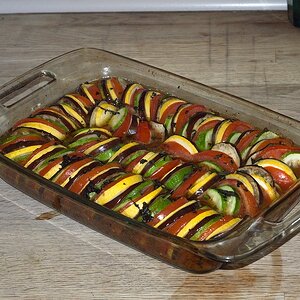


![[No title]](/data/xfmg/thumbnail/37/37659-7302b7a4f9ae50a952748e8b395695fe.jpg?1619738174)
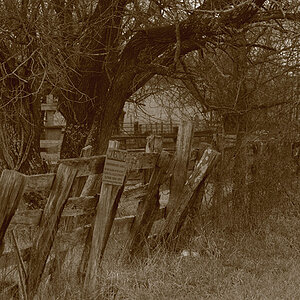
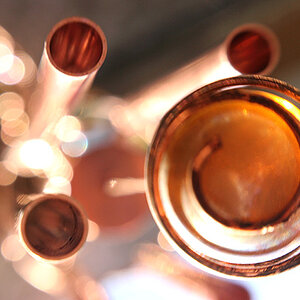
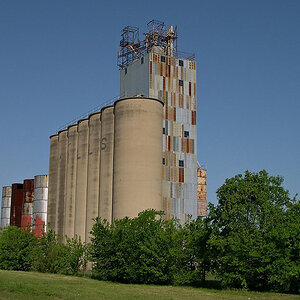
![[No title]](/data/xfmg/thumbnail/37/37660-eb4529b6ea38a042c4e9b64866178d7b.jpg?1619738174)
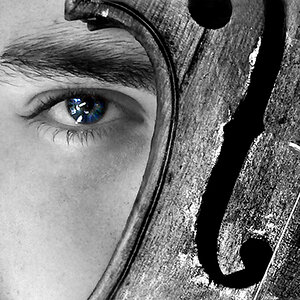

![[No title]](/data/xfmg/thumbnail/42/42275-2ca41f93a172e2e510afb46912a2bb61.jpg?1619740084)
![[No title]](/data/xfmg/thumbnail/30/30870-c7febc7c14dc6447653c2ae2355ffc61.jpg?1619734488)